We were within ten miles of Hot Sauce Heaven one day last spring and decided to make a run. Having heard that the Tabasco Country Store offered private stock for sale not available anywhere else, my daughter and I decided we had found the perfect gift to bring home to our menfolk, who always pretend not to miss us when we’re on the road with book signings. We know better. And they love Tabasco.
Typical of this region of Louisiana, however, we ended up falling down a rabbit hole. In addition to being the home of Tabasco sauce, every last bottle of which is born right here, Avery Island, Louisiana, is also the site of a stunning exotic garden that winds along a three-mile loop, What is more, underneath all of that lush greenery lies a massive dome of salt that measures three miles long and two and a half mile wide.
The gardens, known as Jungle Gardens, were designed and cultivated by Edward Avery McIlhenny, whose great grandfather, John Marsh, purchased the island in 1818 and established a sugar plantation. The first actual commerce, however was conducted by Native Americans who for centuries had been converting the island’s briny waters into salt and trading it as far west as Texas and as far north as Ohio.
In 1837, Marsh’s daughter married Daniel Avery, for whom the island was eventually named. And in 1868, Avery’s son-in-law, Edmund McIlhenny, decided to plant peppers instead of sugar, and the Tabasco brand was born. McIlhenny received a patent for his formula in 1870, and production has been continuous ever since.
His son, Edward McIlhenny, known to all as “Mr. Ned”, is the one who brought the exotic nature of Avery Island to the forefront. In addition to designing the gardens, which rendered us speechless at every bend in the road, Mr. Ned McIlhenny also brought something else to life.
The map of the garden route noted something called Bird City as one of the stops. They weren’t kidding. Mr. Ned McIlhenny founded the sanctuary in 1895 after a bunch of plume hunters came through and laid waste to thousands of egrets so that their feathers could be sold and used for ladies' hats. Today, masses of snowy egrets, along with other species, migrate away from and return to Bird City every year. If you’re curious about what appears to be some sort of smooth green lawn underneath all those birds, it isn’t lawn at all. In fact, it isn’t even solid ground. It is water - covered completely in what we guessed was some kind of beneficial algae or vegetation. We realized this only after an alligator’s eyes and nose broke the surface, creating momentary green ripples.
Almost as startling as the spectacle of thousands of birds atop an illusory green lake, however, is the little temple of the island’s resident Buddha, a 900-year old statue that came here by way of happenstance. The unofficial story is that a renegade Chinese military official stole him in China and had him sent to New York with the thought that he might bring a nice price. Apparently the man was later caught and beheaded for his crime (presumably in China and not in NYC), and the poor statue ended up in a warehouse. Enter two of McIlhenny’s friends, who spotted the statue at auction and snapped it up, shipping it down to Avery Island as a gift. Today he overlooks a quiet lagoon from inside a tiny glass temple that McIlhenny designed and constructed to keep him safe - home at last.
And speaking of home, those bottles of Tabasco did make it back to North Carolina. We tried explaining the gardens, and the birds, and Buddha - but our efforts didn’t seem to register nearly as much as the ooh-and-aah reaction to the private Tabasco stock we were waving under their noses. We finally gave up trying. If those boys want to know the real story, they will just need to get down to Avery Island and see it for themselves.

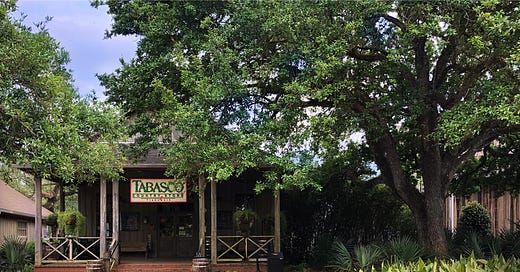



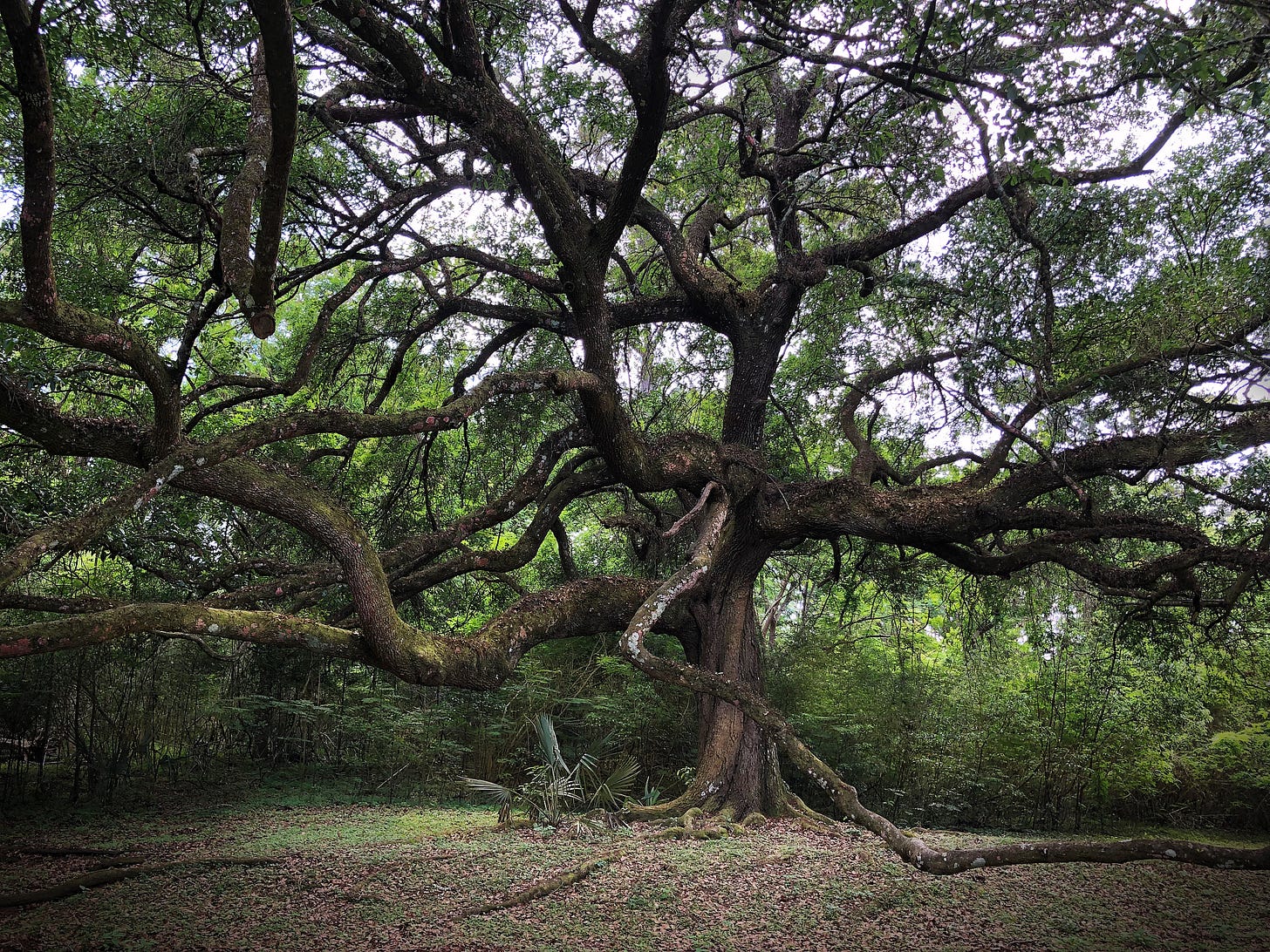
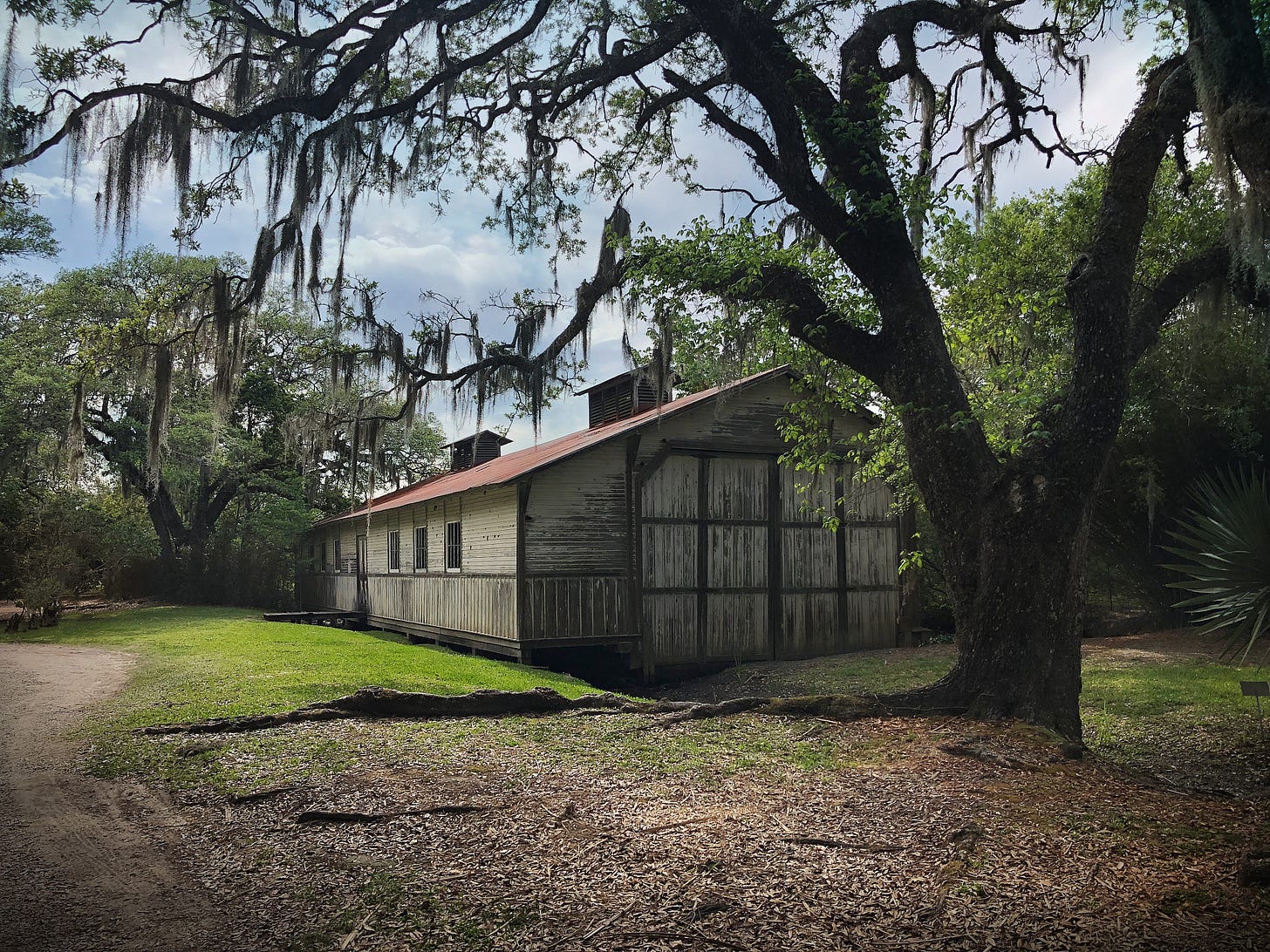
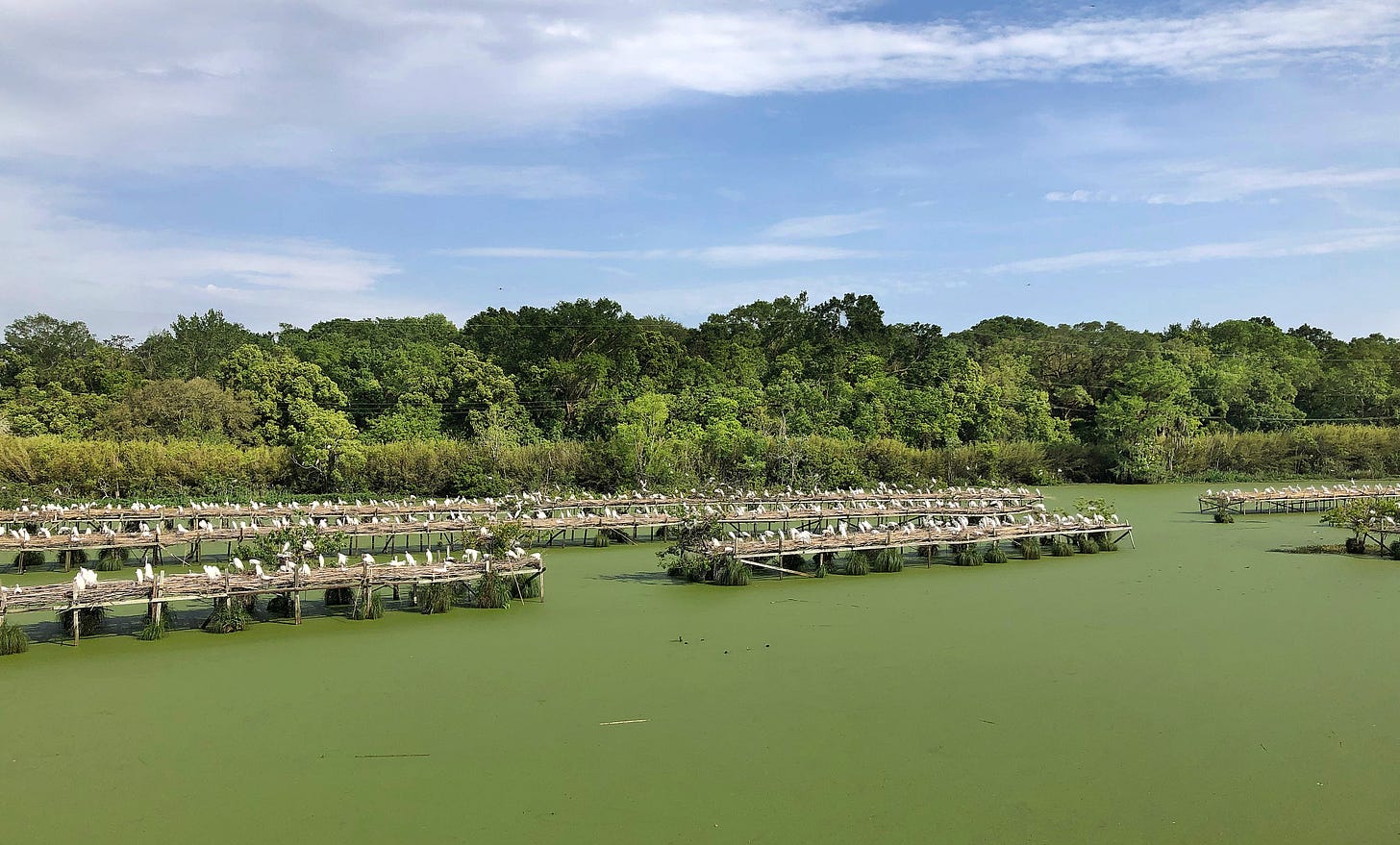
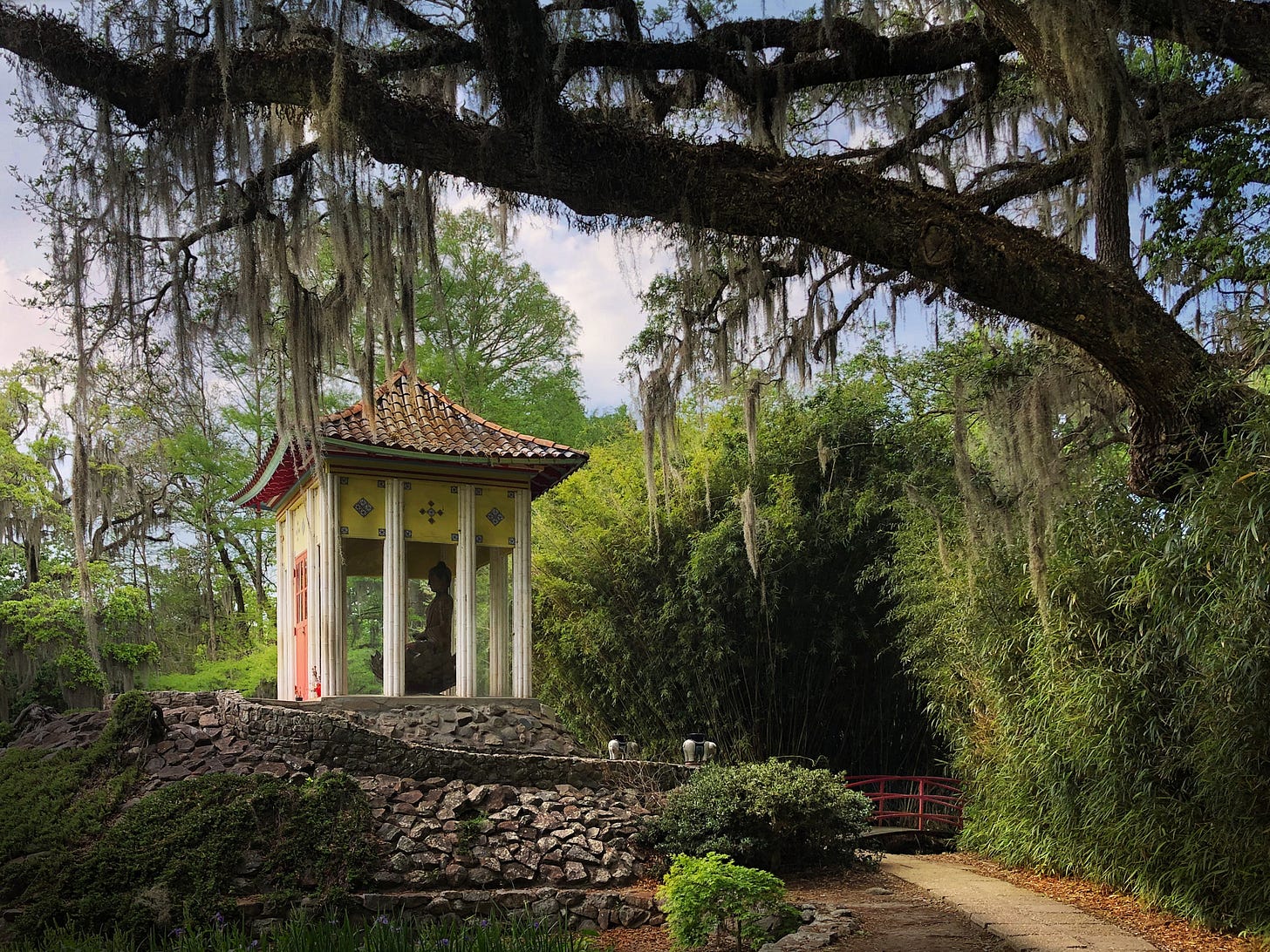

Love that sauce. The Army put it in our MRE accessory packets. Of course, I'm partial to Texas Pete, my home town's concoction
Great story, Beth. Thanks for sharing it. Hot stuff.